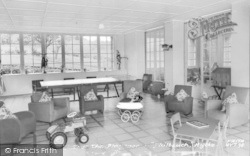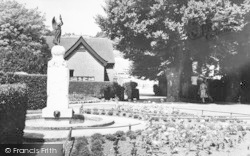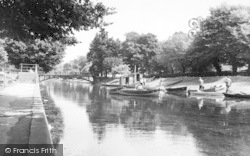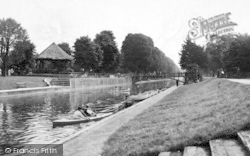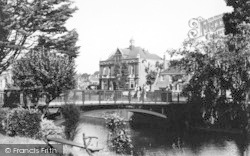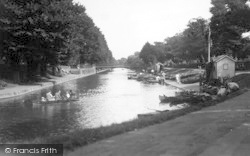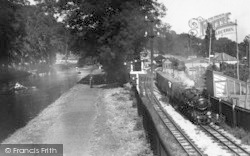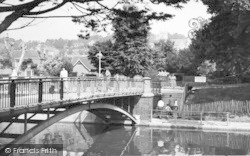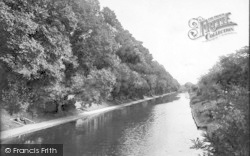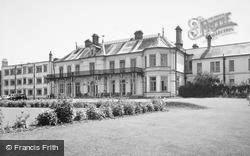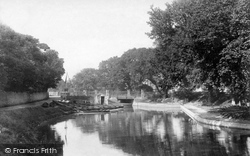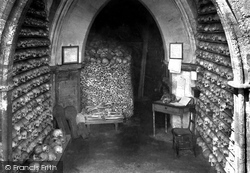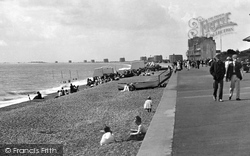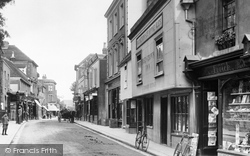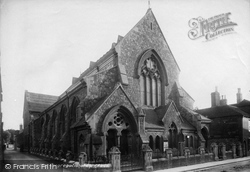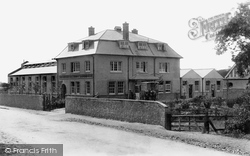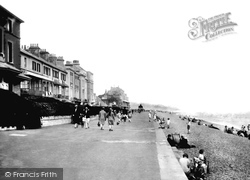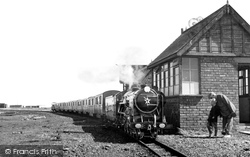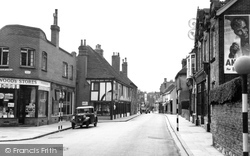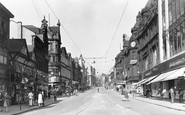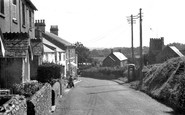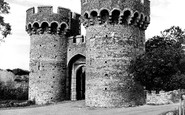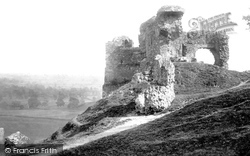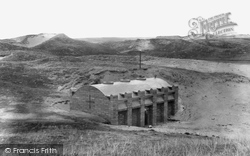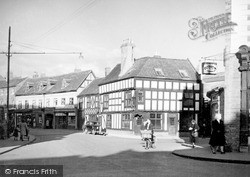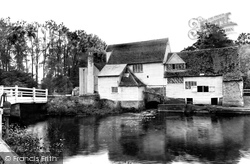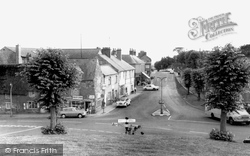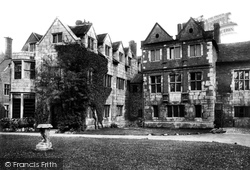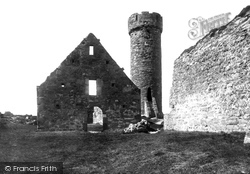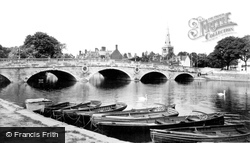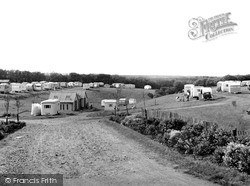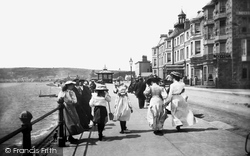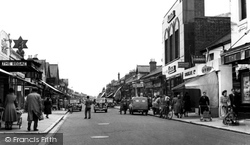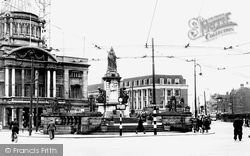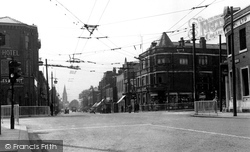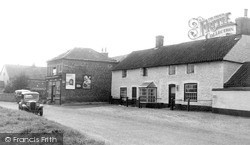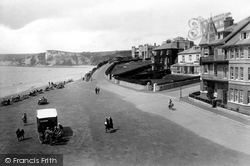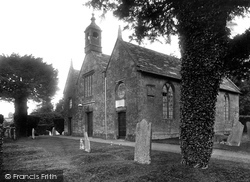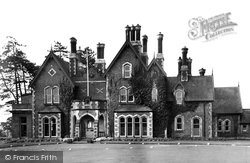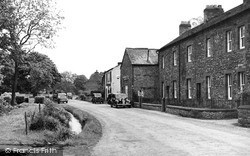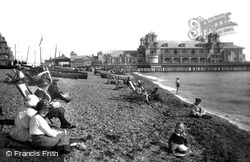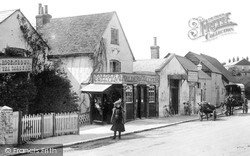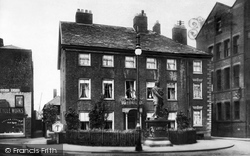Places
18 places found.
Those places high-lighted have photos. All locations may have maps, books and memories.
- Hythe, Kent
- Hythe, Hampshire
- Small Hythe, Kent
- Bablock Hythe, Oxfordshire
- Methwold Hythe, Norfolk
- Hythe, Somerset
- Hythe, Surrey
- Hythe End, Berkshire
- The Hythe, Essex
- Egham Hythe, Surrey
- West Hythe, Kent
- New Hythe, Kent
- Broad Street, Kent (near Hythe)
- Horn Street, Kent (near Hythe)
- Newbarn, Kent (near Hythe)
- Newington, Kent (near Hythe)
- Broad Street, Kent (near Hythe)
- Stone Hill, Kent (near Hythe)
Photos
360 photos found. Showing results 161 to 180.
Maps
101 maps found.
Books
10 books found. Showing results 193 to 10.
Memories
4,406 memories found. Showing results 81 to 90.
Preparing For The Festival Of Britain.
This photograph shows a Wednesday afternoon, early closing day, hence the low volume of traffic and few shoppers. The year is definitely 1951. On the left is myself and my apprentice electrician seen manhandling the ...Read more
A memory of Leeds by
Horton Kirby In The 1960's
I was born and brought up in Dartford but my aunt, Nora Hall, was housekeeper to Sir Edward Bligh and they had moved to Horton Kirby in 1961 from Swanley Village. Sir Edward took a ten-year lease upon the house that was ...Read more
A memory of Horton Kirby by
Good Days
My name is Derek Price, and I was born in Central Middlesex Hospital and lived in Court Way, North Acton, until moving to Birkbeck Avenue when I was married in 1965. I attended West Acton Primary, Acton Wells Junior, John Perryn and finally ...Read more
A memory of Acton by
Memories Remembered
Memories Remembered After reading Brian Keighley’s story of his memories in Lifton, my memories came flooding back and has prompted me to recall a few of my own. I was born in Lifton 18 months after my sister Jean in 1927 at Rock ...Read more
A memory of Lifton by
Alma Friston Nee Oldfield
I was born in Smeeton on April 23rd 1935. I remember staying with a Mr and Mrs Webb. As you approached Smeeton there were cottages on the left hand side, we stayed in the last one next to a lane. The cows came up this ...Read more
A memory of Smeeton Westerby in 1945 by
Family Connections.
This picture was actually taken in the early 1960's and later turned into a postcard. The man on the motorbike is my late father, John Ridd, who was a local farm manager at the time. The motorbike by the way is a BSA Bantam - he was the only person in the village who had one like it!
A memory of Abbotsham by
Cooling Castle Farm
To the right of the photograph is a driveway into the interior of the original castle that was the entrance to Castle Farm operated by F.Elms & Sons and in particular my uncle Harry Elms. He bought the Farm in about 1930 having ...Read more
A memory of Cooling in 1955 by
The Rhondda Fawr And Me!
My mother was born in Blaenrhondda at the top of the Rhondda Fawr in 1914 and was one of four sisters but she was the only one to leave the Rhondda at the age of fourteen to go into service in England. During WW2 when my father ...Read more
A memory of Treherbert by
Royalty At Milford
In 1962 I was in Cledwyn Evan's class at the primary school. In the Summer terms Queen Elizabeth the Queen Mother used to visit King Edward's School in Witley, and Mr. Evans led his class to the roundabout to see her go by. He was ...Read more
A memory of Milford by
1934 To 1949 Kenton Memories
I lived in Elgin Avenue Belmont and went to Priestmead School. I was born in 1934. I have a lot memories about the wartime with all the problems we had. Did you go to of Priestmead school ? Do you remember The Park by the school. John .
A memory of Kenton by
Captions
4,899 captions found. Showing results 193 to 216.
Kendal Castle was built by the Normans to the east of the town, probably by Ivo de Tailbois, the first Lord of Kendal in the late 12th century, and it still commands good views to the north and south-east
By the time when this picture was taken, Coldbeck's Old Smithy had already been converted to a gift shop.
Long buried by the shifting dunes of Penhale Sands, the ruin of an early Christian oratory was discovered in the 19th century.
Silver Street originally stood just outside the city walls, linking Lowesmoor with Corn Market, until it was cut off from the latter by the construction of City Walls Road.
Built in 1580 by the Nottage family, this was originally a fulling mill, though it was being used for corn by the 19th century.
At the junction with Station Road, Frith's photographer stands by the war memorial with the churchyard behind him.
It is now owned by the University of York, and parts are open to the public, including the impressive Huntingdon Room built by the Earl of Huntingdon.
Built in the Irish style, the round tower dates from the 10th or 11th centuries and would have been used by the monks as a place of refuge during raids by pirates or Vikings.
It is close to Regatta Week - as indicated by the decorative 'shields' suspended from the middle piers of the bridge - and probably early on a Sunday morning to judge by the lack of traffic on either the
The Hazelgrove Glen was given to Saltburn by the Marquis of Zetland in 1899; it became the town's first free park in 1904, after some initial reluctance by the Town Council to adopt and develop it.
The seaside flavour is completed by the bucket and spade shared by the two girls.
Originally a village, Eastleigh expanded rapidly around Bishopstoke Junction after the London and South Western Railway Company's carriage works moved here in 1889-90, followed by the locomotive
The 35ft statue of Queen Victoria, designed by the architect J S Gibson and the sculptor H C Fehr, dominated the centre of the new city square following its unveiling by the Prince of Wales on 12 May
The building was restored in 1856 by the local architect John Hicks, with the help of his teenage apprentice Thomas Hardy.
By the time this picture was taken, the tram routes through Denton had been converted to trolley and petrol bus operations.
There was a weekly market here, granted to the abbey by King John in 1199: it had fallen out of use by the 16th century.
The pavilion roofs on the right were once Lindsey House of 1684, subsequently owned by the Moravian Sect, who added the French mansard roofs. In 1774 it was subdivided into five houses.
This open plain of sea front has since been divided by the sea wall and a modern motor road.
A new church replaced it in 1601, but little more than 100 years passed before it too was replaced by the present building, designed and built by the 5th Lord Digby.
Whitby Hall, seen here, was built in Stanney Lane by the Grace family in the 1860s. In 1931 it was purchased by the council, who used the building as offices.
Though cars were more affordable by the 1950s, engines, being thirstier by today's standards, needed more frequent refueling.
Victoria Barracks 1898 Part of a large complex of military build- ings, Victoria Barracks were built in 1880 and occupied by the King's Own Scottish Borderers until 1939.
A demure young Edwardian girl stands by the roadside by the Rose and Crown Tea Gardens in this hamlet on the steep Riddlesdown above Kenley.
Much of Lancashire was affected by the Civil Wars, and Warrington, an important crossing on the Mersey and chosen by the Royalist, Lord Derby for his headquarters, saw considerable action.
Places (18)
Photos (360)
Memories (4406)
Books (10)
Maps (101)




